We woke up the next day and wandered down to the main street, Rustaveli Avenue. This part of the city has been lavishly and gloriously restored, and you could be forgiven for thinking you were in Paris rather than Georgia's capital. Whilst it was wonderful, it felt a little odd after the rest of Georgia. It seems that all of the country's money is here. We wandered around in the sun, popping into the Kashveti church and admiring the intricately decorated interior.
Our walk also took us past the National Museum, which initially we had not planned to visit. However as we passed it, we noticed a poster for a permanent exhibition on the Soviet rule of Georgia. After the Stalin museum experience in Gori, it seemed even more worth a visit. The exhibition itself was excellent, and still conveyed a lot of anger towards that period. The years of Russian rule are still referred to as the Occupation, which lasted from 1921 to 1991.
The collection of exhibits was heavily punctuated with portraits of people who had been executed or exiled due to the Soviet government. The sheer numbers of people that suffered during this period is haunting. The intelligentsia, artistic community, clergy and nobility were all heavily persecuted. According to the figures provided at the museum, 72,000 people were shot and 200,000 deported between the years 1921 and 1941. This was at a time where the population of Georgia was only four million. In total, by the end of the occupation there were 880,000 documented victims. Somewhat unsurprisingly, when the referendum was held in 1991 to ask if independence should be reinstated, 98% of people voted in favour. We were glad we had visited, as it definitely provided an alternative perspective to Gori.
The museum also housed a treasury of ancient and valuable objects, part of Georgia's rich heritage. Considering much of the metalwork dated from pre B.C., it was wrought incredibly fine.
In the afternoon, we decided to take the cable car up the mountain, seeing as the tickets to do so would cost less than 50p each. Whilst it swung a little alarmingly initially, the views as we ascended were incredible. It was a fabulously clear and sunny day, which made the unfolding city beautiful to behold. Once at the top, we saw the statue of Mother Georgia as she looked over Tbilisi, and wandered to the ruins of the old fort. Sadly, the church was closed, but Oli peeked through a crack in the door and saw hints of delicate and beautiful frescoes.
We took the stairs down the hill, popping into the only mosque we have seen so far in Georgia. Apparently there used to be two in Tbilisi, but one was destroyed during the Soviet rule. The area it sits in appears to have only just been renovated, and has been developed very sympathetically and in the local style. Intricate woodwork adorned the balconies, and most of the buildings appeared to be freshly painted. We ended up having dinner at the same place as the night before, as there was still so much on the menu that we wanted to try.
Initially we had planned to stay an extra night in the city, but our hotel had no availability for the extra night. Rather than moving, we have decided to go to the wine region a day early, and to stay two nights there before making our way to Armenia. After all, it would be a shame to leave Georgia without appreciating its wine culture...

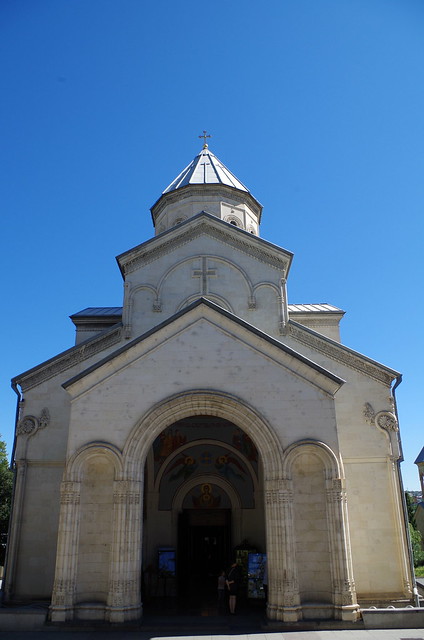
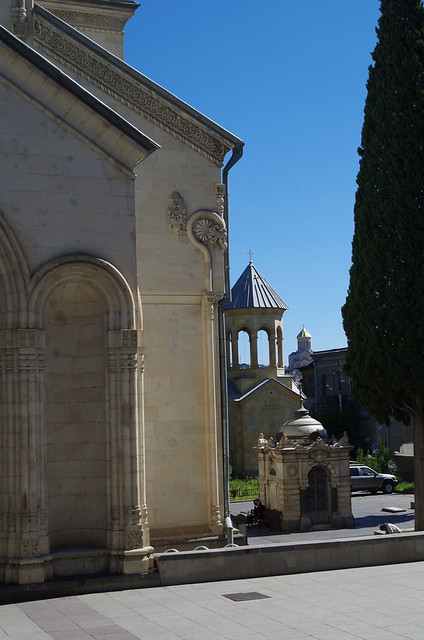
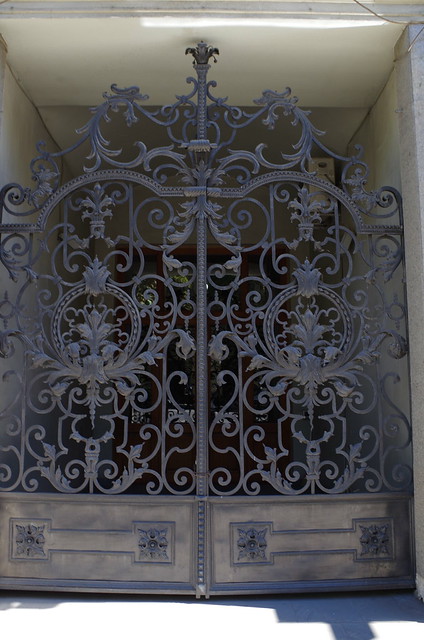


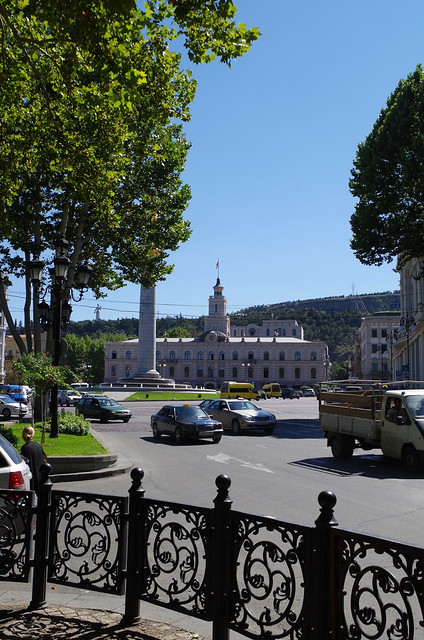
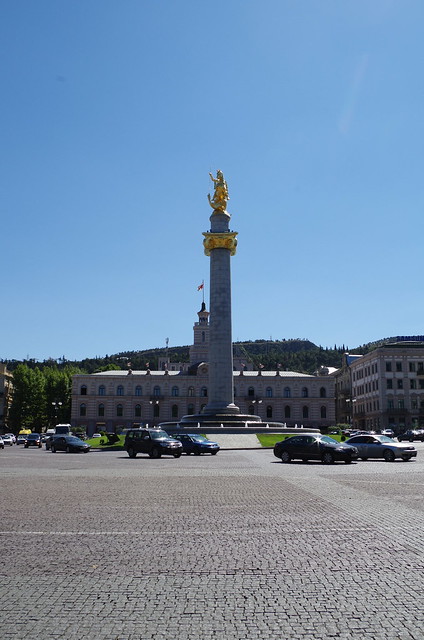

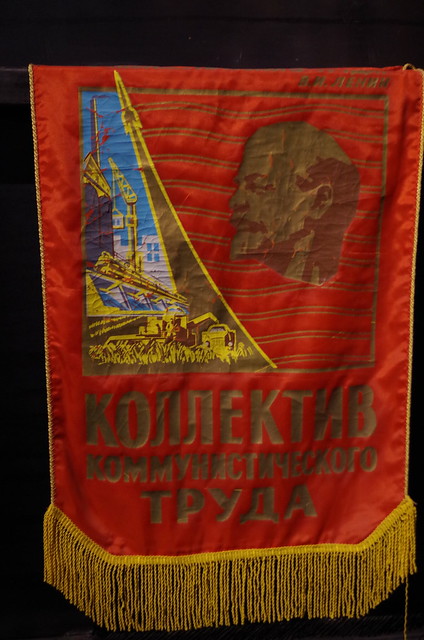
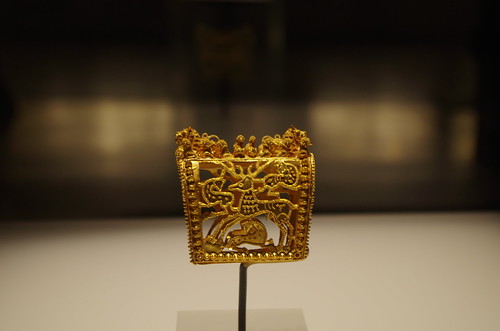

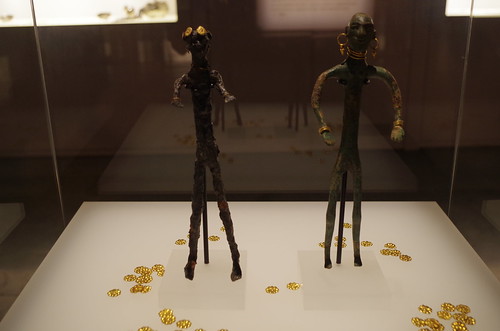
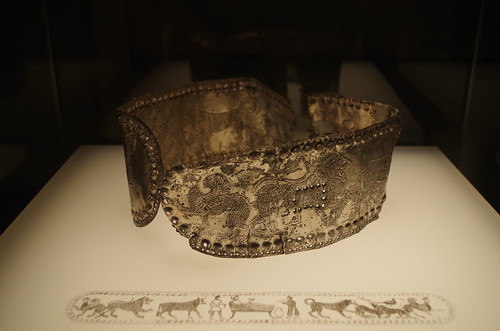
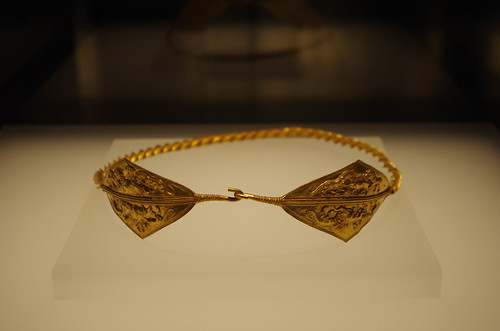

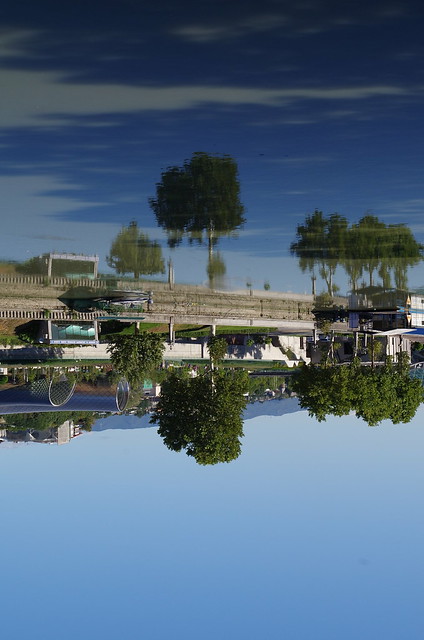
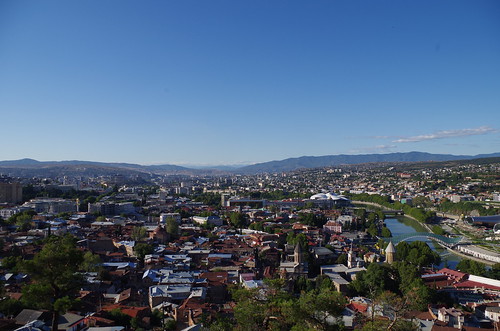
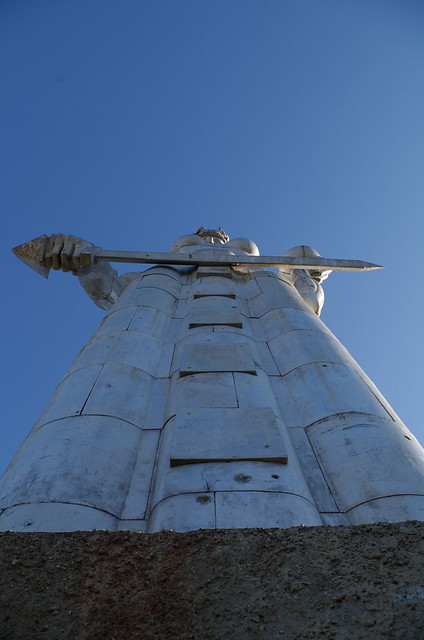
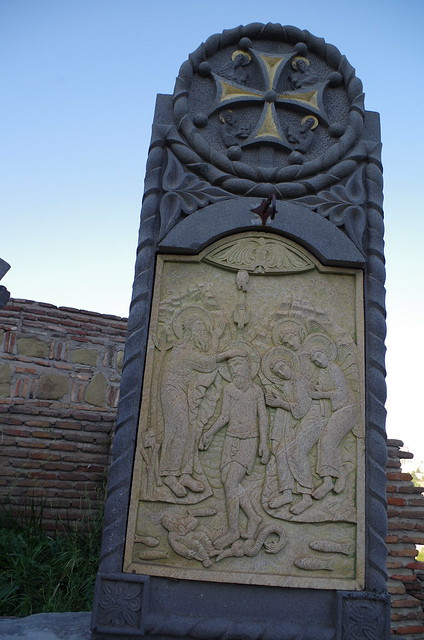
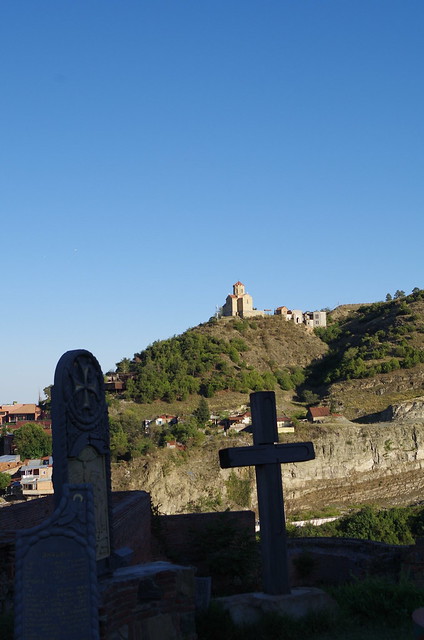


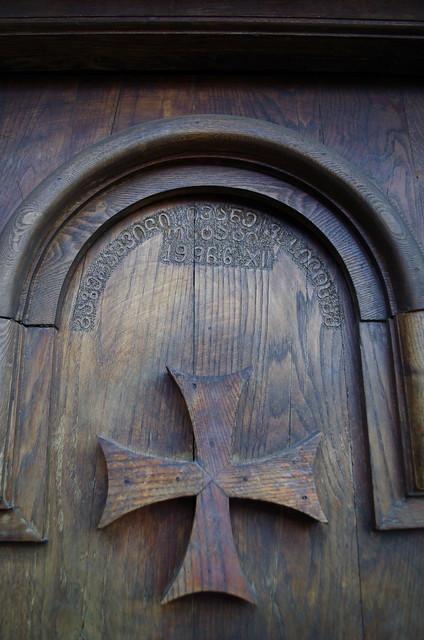

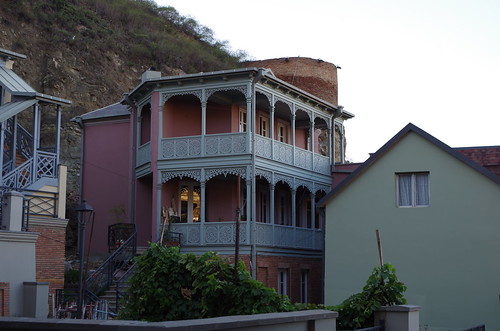

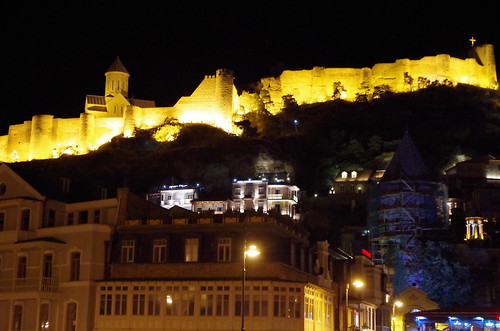
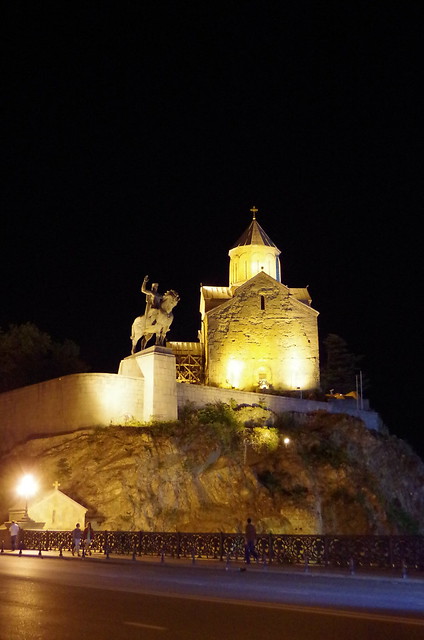
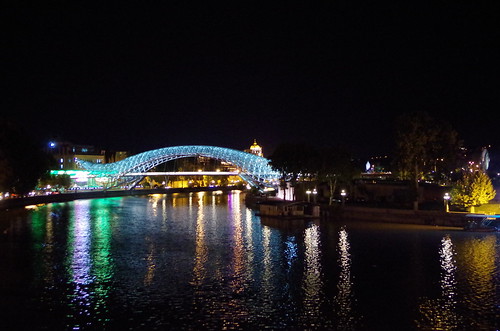
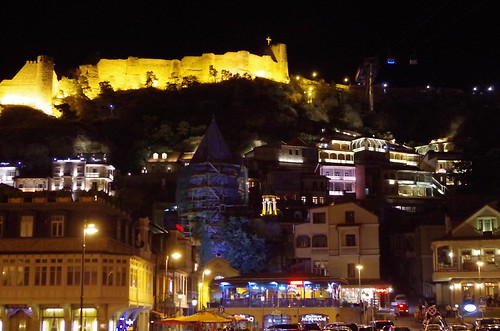
No comments:
Post a Comment